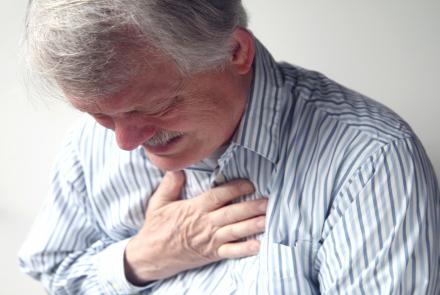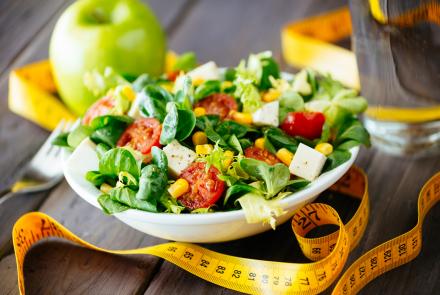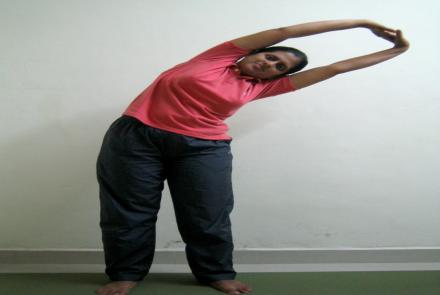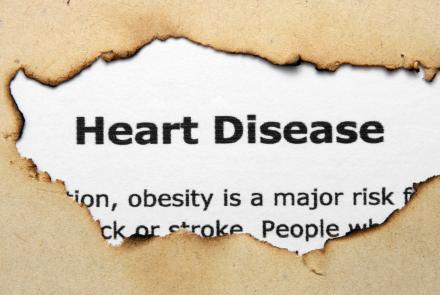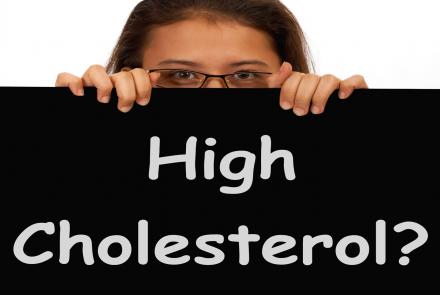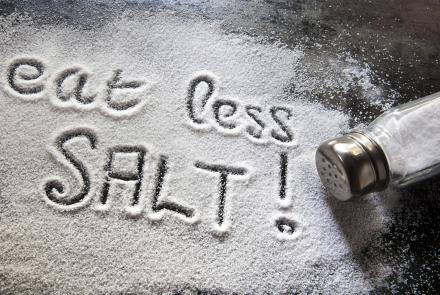
Different types of heart disease
Angina: This refers to chest pain that is caused by hardened plaque, which narrows the coronary artery and reduces the flow of oxygen- ich blood to heart.
Congenital heart disease: This is present at birth. Examples include atrial septal defest, ventricular defect, patent ductus arteriosus, pulmonary valve stenosis, right ventricular hypertrophy.
Congestive heart failure: This happens when the heart is not able to pump blood in the normal manner. This can happen if the heart muscles weaken or harden, for example. During heart failure, blood moves through the heart and body at a slower rate and pressure in the heart increases. As a result, the heart cannot pump enough oxygen and nutrients to meet the body’s needs.
Coronary heart disease: This is caused by plaque (waxy substance) building up along the inner walls of the arteries of the heart, narrowing the arteries and reducing the blood flow to the heart.
Coronary micro vascular disease: This affects the tiny coronary (heart) arteries. The walls of the tiny arteries become damaged or diseased.
Hypertensive heart disease: High blood pressure causes the heart muscles to thicken. The walls of the blood vessels also thicken.
Ischaemic heart disease: This is caused due to reduced blood supply to the heart. Coronary arteries supply blood to heart muscle. If there is a blockage in the coronary arteries it reduces blood supply to the heart.
Inflammatory heart disease: This refers to inflammation of the heart muscles because of bacterial or viral infection.
Organic heart disease: This is a condition where the heart doesn’t function because of a deformity or inflammation. This can be brought on gradually due to lifestyle, stress or infection.
Pulmonary heart disease: This is caused by a lung (pulmonary) disorder. The pulmonary artery (which carries blood to the lungs to pick up oxygen) is stiff or blocked. The blood flow to the lungs is slowed or blocked causing the right side of the heart to pump harder. This can lead to enlargement of the heart muscle and heart disease.
Pulmonary Arterial Hypertension or PAH is a condition where the arteries going into the lungs from the heart have high blood pressure. It is a rare, progressive disorder more commonly seen in women. There is no known cause yet. Family history can be a risk factor. Although there is no cure, many treatments are available so patients can lead a comfortable life.
Structural heart disease: This refers to structural or functional abnormality of the heart (or blood vessels supplying the heart) which affects its normal functioning.
Different stages of heart disease (according to the American Heart Association)
Stage A: Presence of heart failure risk factors but no heart disease and no symptoms.
Stage B: Heart disease is present but there are no symptoms.
Stage C: Structural heart disease is present and symptoms have occurred.
Stage D: Presence of advanced heart disease with continued heart failure symptoms requiring aggressive medical therapy.



